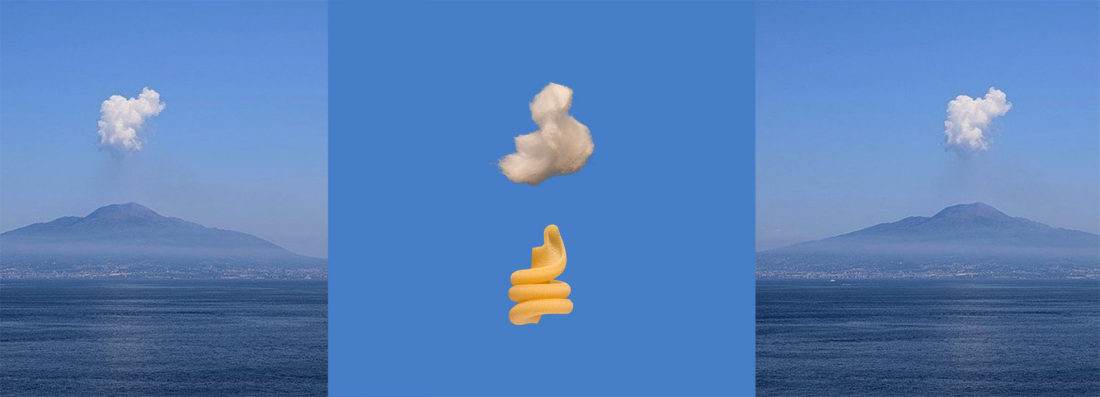
Dangerous dinners: Vesuvio pasta
One of my favorite discoveries in the grocery store was Vesuvio pasta. It comes from the South of Italy and has loads of nooks and crannies for a good chunky sauce. It’s a fairly modern pasta made in an area that has been famous for making pasta since the 11th century, Gragnano in Campania. Apparently there is something special about the combination of the durum wheat from the area combined with the water that flows down from Monti Lattari. The shape is made by forcing the dough through rough bronze dies and letting it air dry.
This region is close to Naples, and thus Mt. Vesuvius, which dominates the area. I will never forget walking down a deserted street in Pompeii which perfectly framed the view of the summit of Vesuvius towering over it. I was imagining AD 79, but also realizing that this monster could go again, at any moment. Mt. Vesuvius is one of the most dangerous volcanoes in the world as over three million people live in its shadow. Vesuvius has erupted many times in ancient history, with a massive explosion in 1800 BC that buried some Bronze Age settlements. Since AD 79 there have been many times it has blown: 172, 203, 222, 303, 379, 472, 512, 536, 685, 787, 860, 900, 968, 991, 999, 1006, 1037, 1049, 1073, 1139, 1150, 1270, 1347, and 1500, 1631, six times in the 18th century, eight times in the 19th century, and in 1906, 1929 and 1944. It hasn’t gone since 1944, but it’s not a leap of faith to assume that it might erupt again.
We know a bit about the eruption in AD 79 because of the writings of Pliny the Younger. At the time the Romans were not sure Vesuvius was volcanic as it hadn’t erupted for nearly 30o years and the rich soil of its slopes was densely planted with vineyards and gardens. The volcano erupted for two days. After the first explosion Pliny the Younger writes that his uncle, Pliny the Elder, went by sea towards the explosion to rescue a friend and observe the phenomena first hand. He never returned and died on a beach when the winds changed and they couldn’t leave by boat. The others with him survived, so it is assumed that he might have had a heart attack or stroke. Pliny the Younger’s careful descriptions have earned the respect of volcano experts, who named this explosive type of eruption after him, Plinian. We have a fondness for Pliny the Younger because he had a villa somewhere near our home and wrote about our valley.
If you want to add a little danger to your dinner you can order your own Vesuvio pasta through Eataly. It’s great with any recipe that calls for a pasta like a fuselli. Eataly suggests a simple ragu with sausage.






No Comments